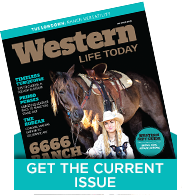As the golden sun waves goodbye below the lively horizon, the open sky is brushed in amber and violet, and the American West’s enduring spirit comes alive. Through this canvas, international award-winning art photographer Michael Paul has captured the thriving essence of the American frontier through his series, “Romance of the American West.”
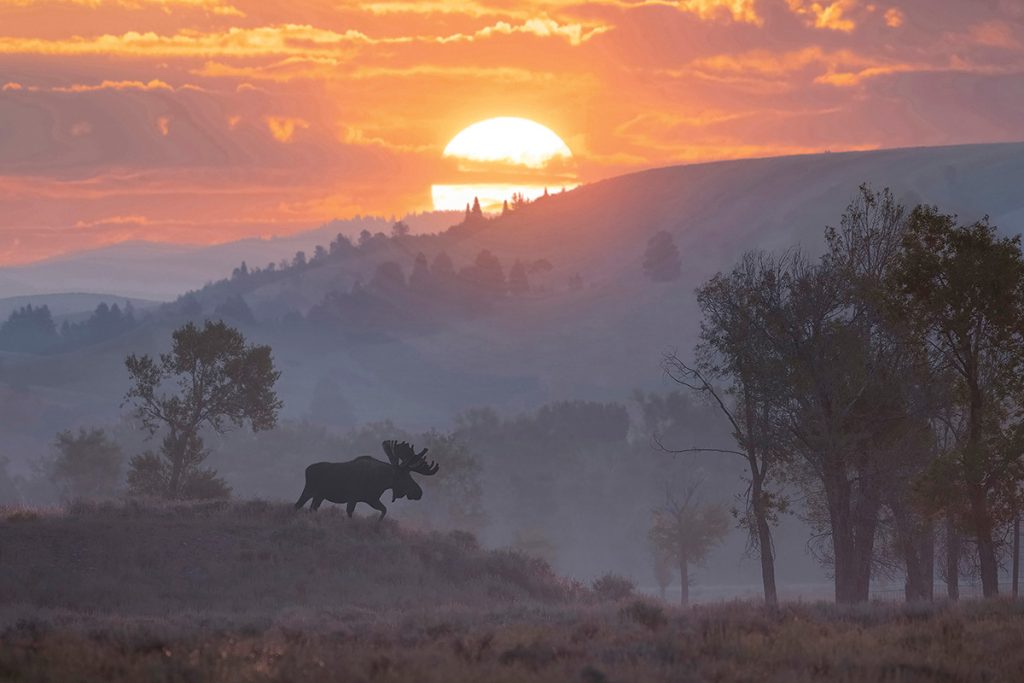
Traveling over 30,000 miles each year, Michael has embarked on a decade-long visual odyssey with his camera across the untamed landscapes of the West, transporting viewers to a world where nature’s raw beauty reigns in the echoes of the footsteps of bygone eras that still resonate. From the snowy peaks of Colorado and the sunny vast valleys of California to the rolling plains in Wyoming, Michael’s images are windows into the soul of America’s most diverse and iconic frontier.
“These images pay homage to the land that made those dreams come true for so many and brought drama and tragedy to others,” Paul says.
Western Life Today: Tell us about yourself and your photography journey.
Michael Paul: The first two decades of my life were spent in fairly rural surroundings in southeastern Wisconsin. The choice to leave was entirely affected by a call to get outside of my comfort zone and challenge myself. Photography was a byproduct of my natural creative energies. As an art and a business, I’ve been on that journey for more than a dozen years, and it has yielded many valuable experiences, relationships, and lessons. I’ve been fortunate enough to have my work represent everything from the top 100 golf courses in the world to documentaries by Ken Burns. Various works from my Romance of the American West series have been well-received, garnering various awards in the United States and Europe this calendar year. I must say humility is always lurking in this business, where hard work produces few truly top-tier images, which may or may not gain favor among critics. You must find rewards other than the feedback of critics to survive. I’ve never minded the taste of humility anyway.
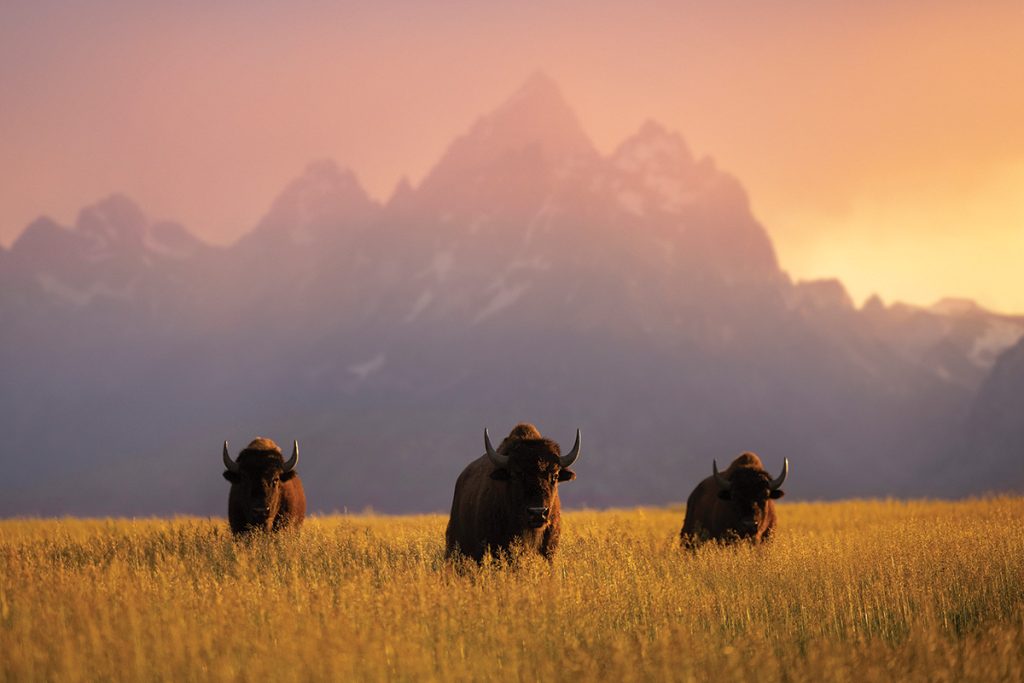
WLT: Do you have an equine background or personal experiences with horses or ranch life that helped shape your vision for this collection? If not, what drew you to this subject matter?
Paul: A number of years ago, I started volunteering at a horse rescue ranch in Arizona. The animals and land where they were rehabilitated combined for a really great experience, especially for a creative mind that sees in pictures. This experience was layered onto my interest in the history of horses in North America. They’ve only been on this continent for roughly 400 years, yet they’ve become symbols of the American West. Their role in affecting the history of the people and the land is incalculable. This knowledge, coupled with their natural grace, power, and beauty has made them a subject of fascination for me.
It’s rare that a beautiful landscape is not enhanced by the addition of horse and rider. To be perched on a well-groomed horse in a beautiful open expanse speaks to the freedom and peace that stirs the human spirit.
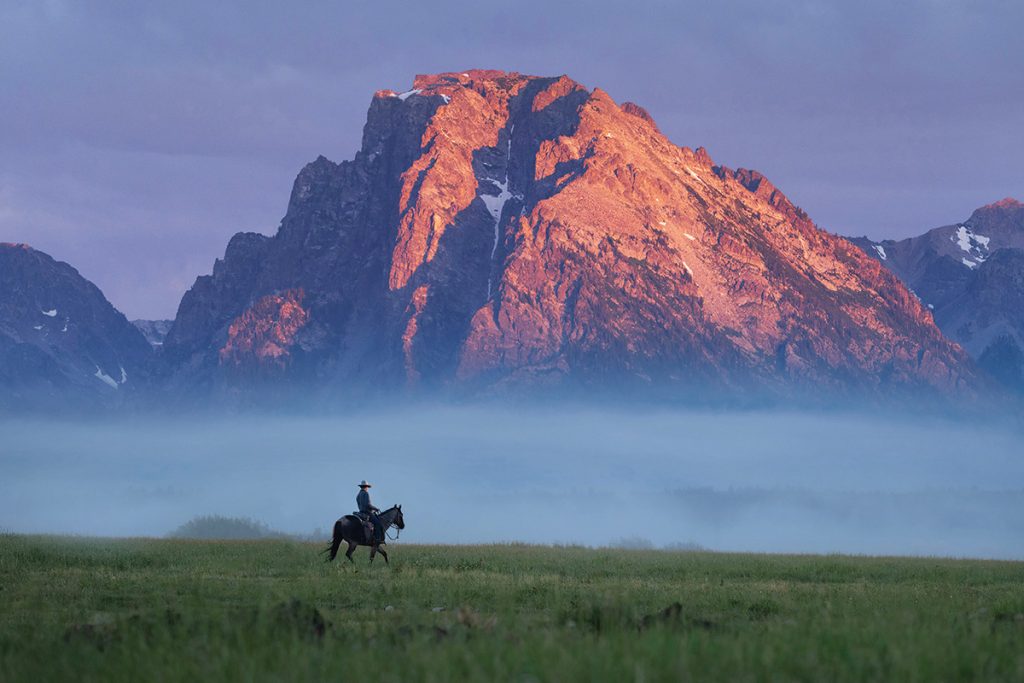
WLT: Who or what inspired you to publish your collection, “Romance of the American West,” and why did you pursue it? Was there a specific moment or scene that inspired you to focus on the American West?
Paul: The story of the West is often associated with popularized images and events: cowboys, Indians, gunfights, and the like. The reality is much more dynamic, and it taps into the human demands for opportunity and freedom. The West was a sanctuary for these timeless dreams. Many fled oppressions and crossed oceans to get here, while countless nations of natives adapted to the land in a way that may never happen again. The craggy mountains, cavernous gorges, endless bountiful plains, and land-cutting rivers were all witnesses to it unfolding. I have been deeply touched by this story. The landscape’s magnitude is matched by the burning desire of mankind to be free and to seek a place where such dreams can be pursued. These images pay homage to the land that made those dreams come true for so many and brought drama and tragedy to others.
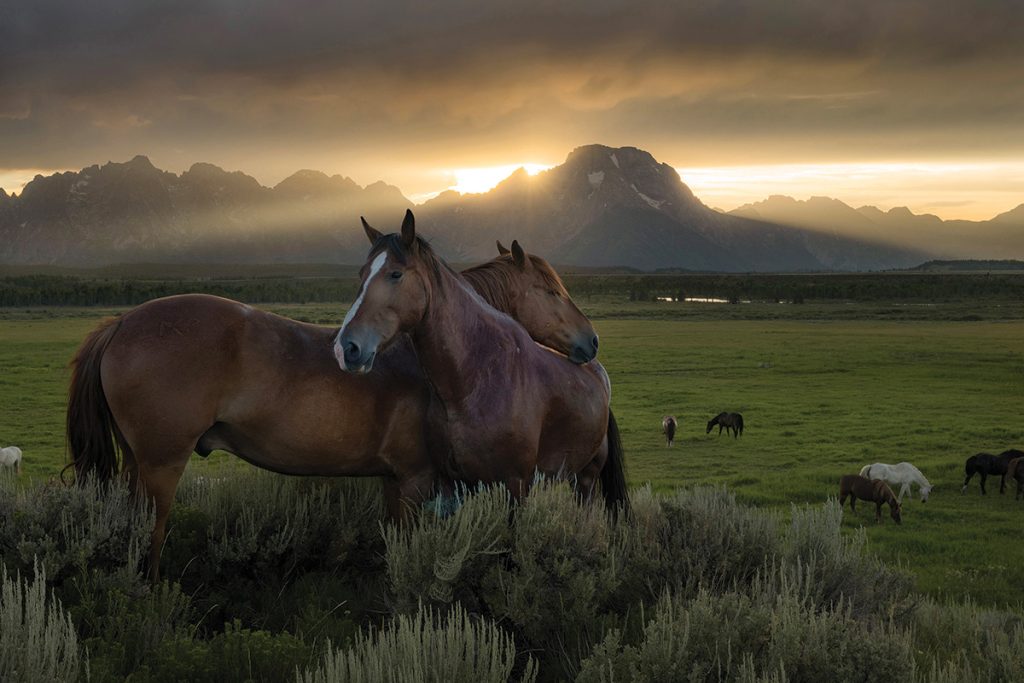
WLT: Talk to us about gear. What cameras, lenses, or other equipment did you rely on to capture the essence of the West?
Paul: I’m an admirer of several 19th-century photography processes. While my heart really lies in these analog methods, I can’t deny the efficiency and flexibility of modern digital cameras. The camera is simply a tool, and you must pick the right tool for your needs. As a highly mobile photographer that shoots everything from even-paced landscapes to fast-paced action, current 35mm digital systems provide the portability and array of focal lengths that maximizes my results. More specifically, I’ve been a Nikon shooter most of my career, and have been relying on their mirrorless system exclusively for the last five years.
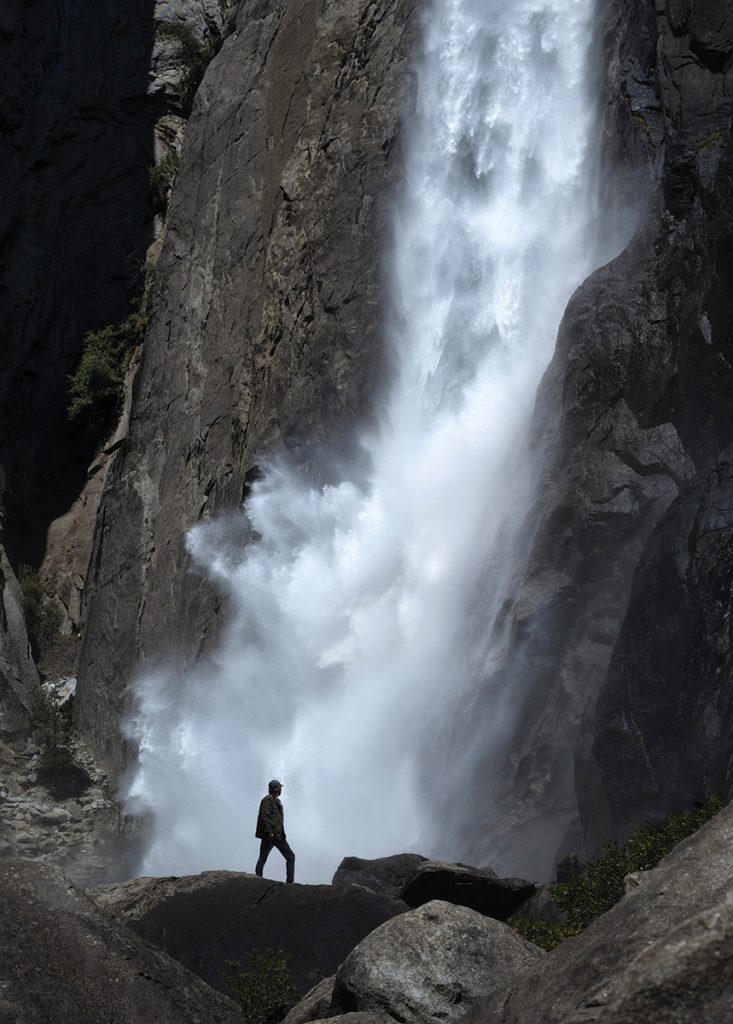
WLT: When is your favorite time of day to create the perfect shot, and why?
Paul: The bookends of the day provide the best opportunities for wildlife activity and for lighting that suits my style. However, there is no rule in photography that hasn’t led to great shots when broken. Weather is another key element. Raging storms, snowfall, and light-modifying clouds gift endless moments to make something special happen. Beyond a time of day, I would say autumn is my favorite time to shoot. There’s something dramatic and aching about the dwindling days of summer melding into fall, particularly in the mountains, where winter’s whisper can visit the season’s change early. Sunlight during this time stays lower in the sky longer, and moody weather seems more abundant. Growing up in Wisconsin, there’s also something special about being out in that air that smells and tastes like autumn.
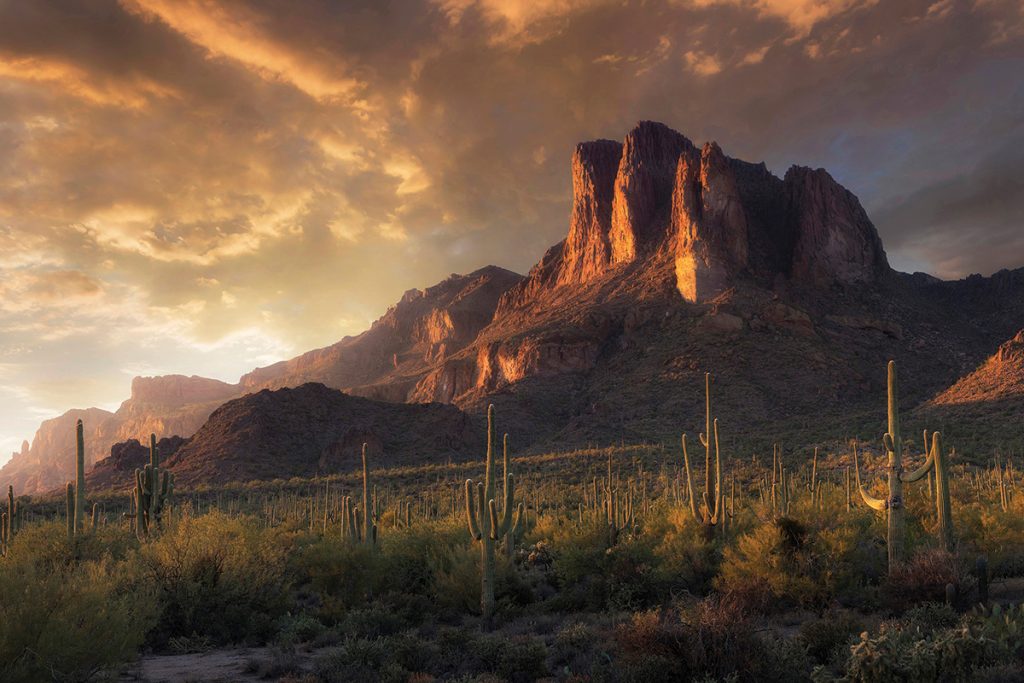
WLT: What is your favorite or most proud photograph you have captured, and why?
Paul: I would say my most successful photograph is one titled “Against a Quiet Current.” Throughout 2024, it was on exhibition from Southern California to Glasgow, Scotland. It depicts a female elk leading her two yearlings across a placid foggy river in the remote mountain country of Wyoming. Fraught with mood, I think it speaks to the undisturbed wilderness so representative of the West. I’d like to think the calm of the scene embraces viewers. More than pride in any one photograph, I would say I feel most proud of the formula I’ve developed for generating consistent work while enjoying myself and leaving plenty of room for growth and evolution.
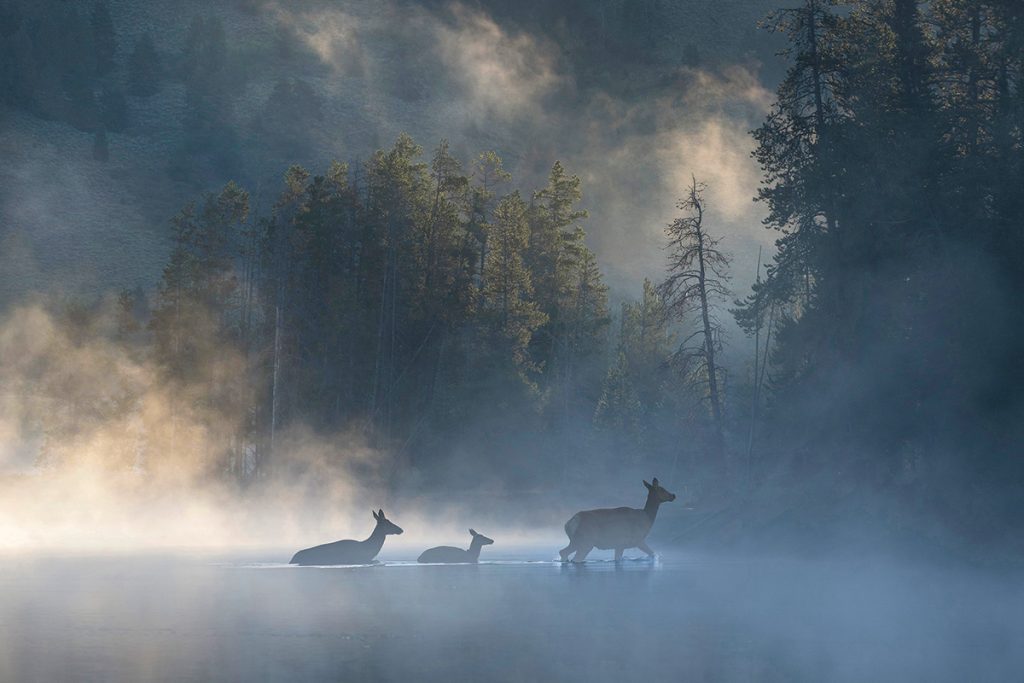
WLT: What’s the most challenging thing to shoot, and why?
Paul: Great question. When you’re within a landscape that is so grand that it surrounds you, or similarly within a canyon that envelops you, it becomes very difficult to transmit that immersive experience into the frame of a camera. You can try to shoot wider focal lengths, but that generally makes the large elements around you smaller, effectively minimizing them. Communicating a landscape that surrounds you in an image is so difficult. Photographs are generally incapable of transmitting such an experience.
WLT: Are there any new projects or anything exciting on the horizon for you?
Paul: Along with “Romance of the American West,” I’ve been working on another decade-long project that has culminated in a newly released book on an iconic building in Arizona. It’s titled The Bird Cage Theater: The Curtain Rises on Tombstone, Arizona’s National Treasure (published by The University of North Texas Press).
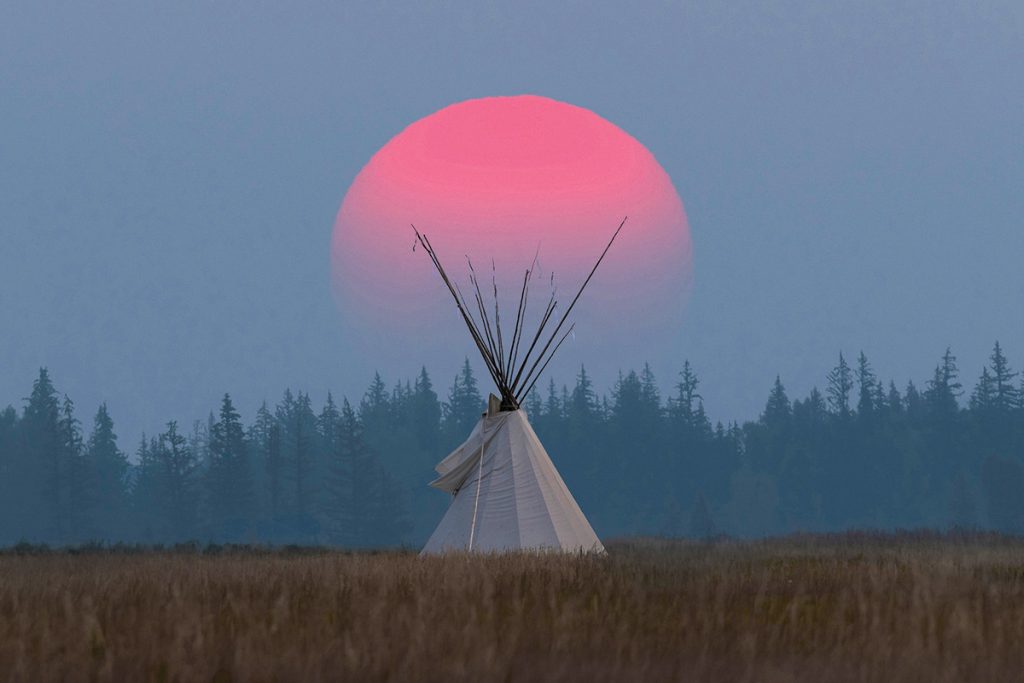
WLT: Is there any advice you would give aspiring or current photographers?
Paul: I’ll offer something that I wish someone would have told me years ago. Photography lends itself to mastery through failure. You can take 2,000 images a day, and if none of them work out, you have 2,000 potential lessons of how to get better. If you aspire to get better, be generous with the shutter button but allow for time to reflect on what worked and what didn’t. Experiment, have fun, slow down, and enjoy the process, not just the results. If you can do that, it will be a rewarding, even if you go periods without great images.
WLT: Any closing comments or thoughts?
Paul: This project (and many I take on) are passion-born, and pursuing it has forced me out of my comfort zone. I can confidently say the best things I’ve experienced in life came from hurdling the self-imposed walls that make up my comfort zone. I would encourage everyone to challenge these walls. Leap over them and get uncomfortable. Some of life’s greatest gifts—internally and externally—await you as you leap the wall and conquer the unknown. You don’t have to travel the world to challenge the frontier inside you.
◆ Website: michaelpaulart.com
◆ Facebook: Michael Paul Art Photographer
◆ Instagram: @michaelpaul.artphotographer
This Q&A with photographer Michael Paul appeared in the Winter 2024 issue of Western Life Today magazine. Click here to subscribe!


